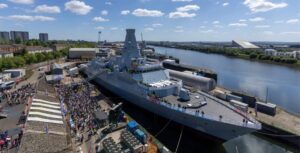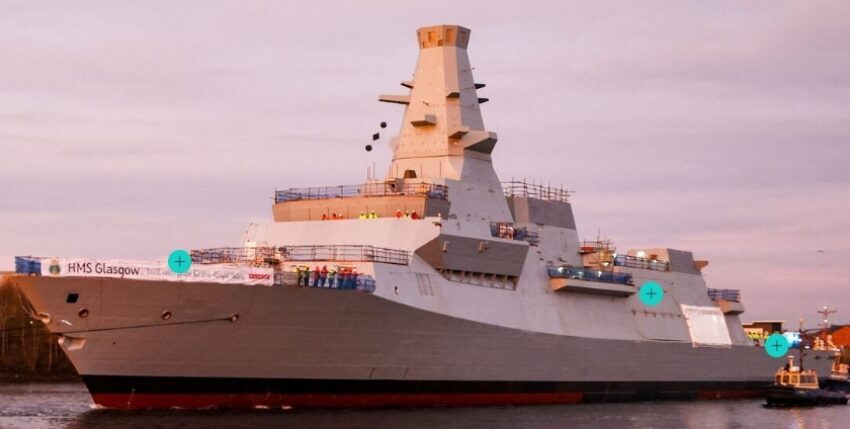No strategic German-Norwegian partnership as with the submarines
It had been a topic of conversation on the coast for some time: would the German Navy's goals of planning a successor to the Class 124's air defence capability in the form of the Class 127 be compatible with the Norwegians' plans for a new frigate class? The positive signals from the submarine co-operation, which heralded a new era not only technically but also politically, gave rise to hope. The cooperation is also developing in an exemplary manner on a personal level. People like each other. But that has nothing to do with whether the product fits. And it doesn't for the Norwegians.
TKMS is not the loser
Norway has examined what is possible from France, Germany, the USA and the UK. It was not to be expected that Spain would be considered again. At the latest since the difficult and expensive procurement of the Fridtjof Nansen class and the settlement with Navantia over the "Helge Ingstadt" accident, this would have been impossible to explain to the Norwegian taxpayer. Kiel-based TKMS did not take part in the tender, which is why the statement from TKMS is not very excited: "With the current construction contract for four 212CD-class submarines, TKMS has a close, trusting and successful cooperation with Norway in the underwater sector. Two further boats are still awaiting a final decision in Norway. In the surface area, TKMS is ready for the procurement of the F127 air defence frigate by the German Navy, among other things. The Bundestag had already set the course for this at the end of 2024," said a spokesperson.

European Partnership
Norway has now decided in favour of the Type 26. This gives Norway another strategic partner and triggers the largest investment in the country's defence capabilities. The purchase is not the end of the story: Norway and the United Kingdom are planning a binding agreement to cooperate on the acquisition, operation and further development of frigates in order to jointly strengthen security in the far north. Delivery is scheduled to begin in 2030. The United Kingdom pledges industrial co-operation to the value of the purchase, while separate agreements will be negotiated with industrial partners.
Classic frigate construction despite changes in naval warfare
The Norwegian Type 26 variants are specially equipped for anti-submarine warfare. That sounds "classic", but naval forces will be confronted with drone weapon systems in the future - including underwater. Opponents can dominate through mass and cost-benefit advantage. The associated fundamental reassessment of defence strategies in NATO, particularly in the maritime sector, has not yet been reflected here. We are curious to see how this will also be conceptualised for attack operations, as this is the first new frigate class in NATO to be planned based on the findings from the Black Sea.








